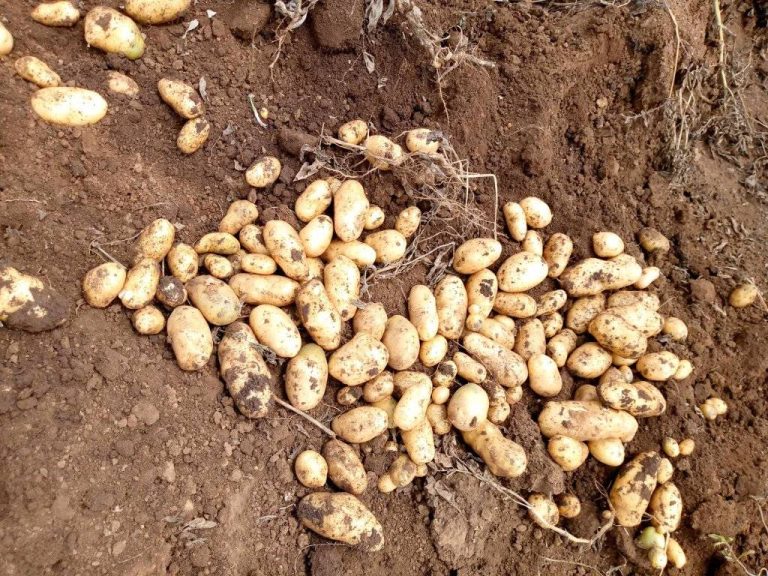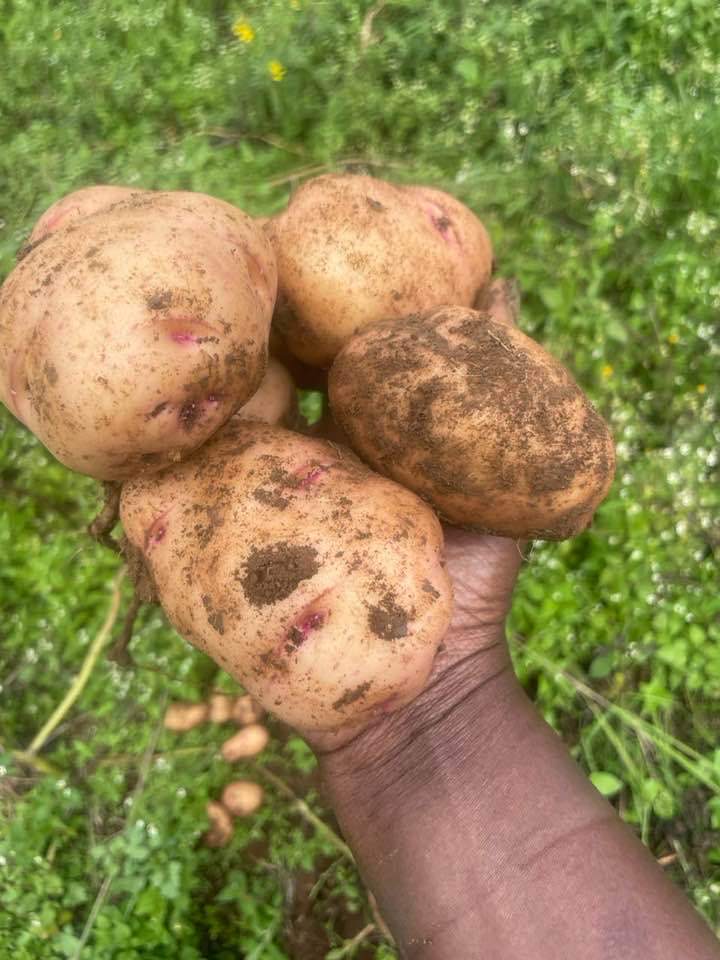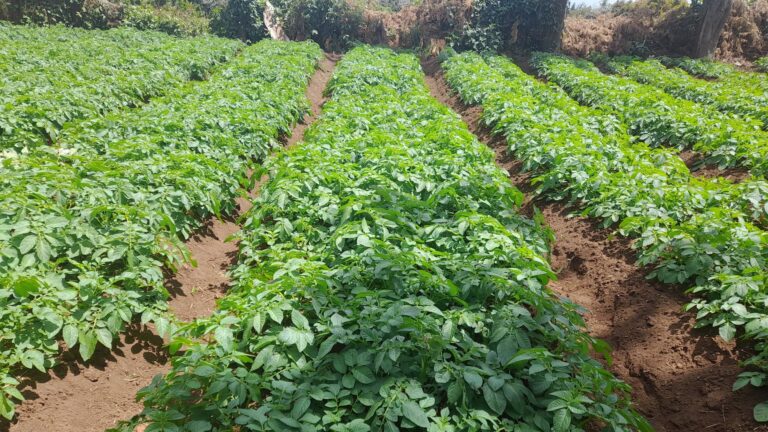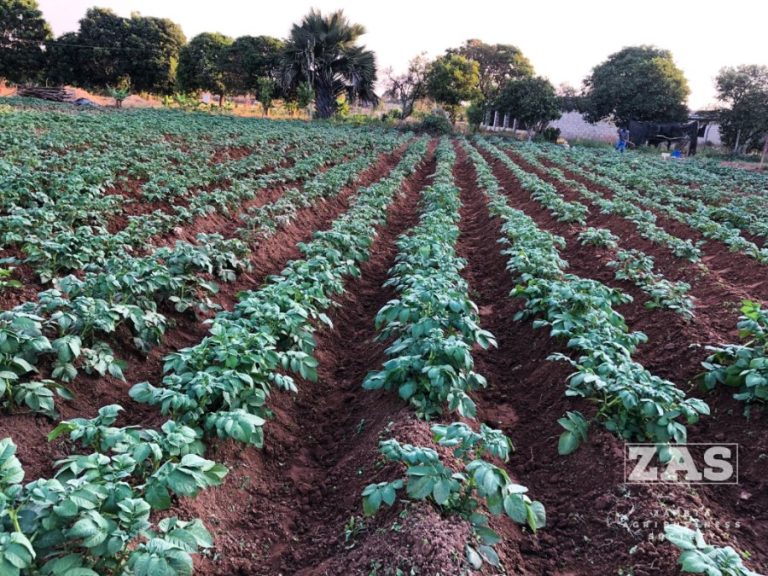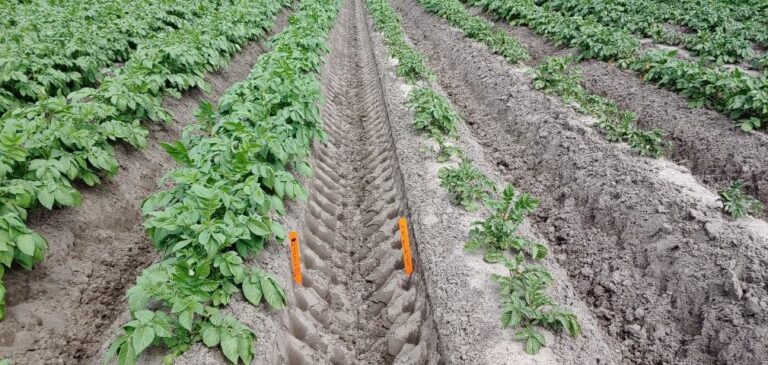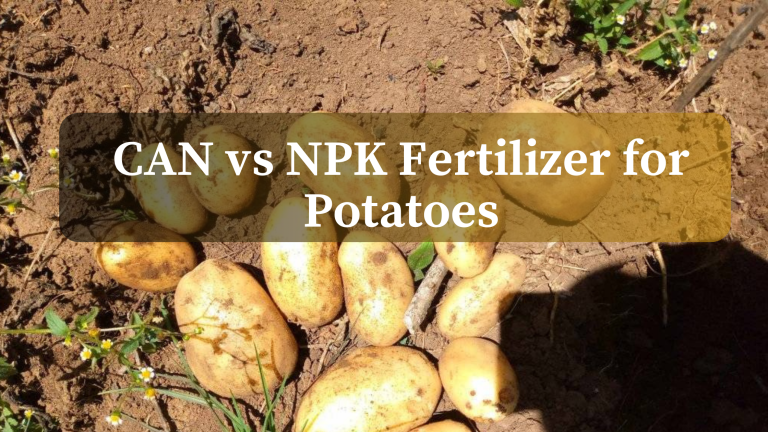What is The Cost Of Planting Potatoes In Kenya Per Acre
The cost of planting potatoes in Kenya per acre is approximately Ksh. 80,000 per acre, including expenses from planting to harvesting. Returns can vary significantly based on market conditions and yield potential.
The initial investment for potato farming in Kenya typically covers inputs like seeds, fertilizers, and pesticides, with potential earnings of up to Ksh. 250,000 to Ksh. 300,000 per acre, assuming optimal conditions and market prices.
Farmers can expect to spend around Ksh. 80,000 per acre on growing potatoes, factoring in costs for inputs and other operational expenses.
The targeted plant population for potato farming in Kenya is approximately 18,000 plants per acre, with considerations for soil preparation and post-harvest management influencing overall costs and yields.
Analysis indicates a cost of Ksh. 3,937 to Ksh. 4,325 per bag of potatoes produced in specific regions of Kenya, highlighting variations in production costs across different areas.
Breakdown Cost Of Planting Potatoes In Kenya Per Acre
Here is a table with the cost breakdown for planting potatoes in Kenya per acre:
| Cost Item | Cost (Ksh/acre) |
| Land Preparation | 7,000 |
| Seed Potatoes (800-1,000 kg) | 51,000 |
| Fertilizer (100 kg DAP, 50 kg CAN) | 12,000 |
| Foliar, Pesticides and Fungicides | 2,000 |
| Labor (Planting, Weeding, Hilling) | 8,000 |
| Total Cost | 80,000 |
The key costs for planting potatoes in Kenya per acre include:
- Land preparation (plowing, harrowing, ridging) – Ksh 7,000
- Seed potatoes (800-1,000 kg per acre) – Ksh 51,000
- Fertilizer (100 kg DAP, 50 kg CAN) – Ksh 12,000
- Pesticides and fungicides – Ksh 2,000
- Labor for planting, weeding, and hilling – Ksh 8,000
The total estimated cost for planting potatoes on one acre of land in Kenya is approximately Ksh 80,000.
What are the average yields for potato farming in Kenya?
The average yield for potato farming in Kenya is about 3 -10 tons per acre. This yield can vary depending on the variety of potato, soil quality, and farming practices employed.
High-yield varieties like Shangi can produce up to 150 bags per acre, with each bag weighing approximately 50 kg. Proper seed selection and farming techniques are crucial for achieving these yields.
With optimal conditions and good farming practices, yields can be significantly high, averaging around 18,000 kg per acre.
Farmers often target a planting population of 18,000 plants per acre to maximize yield and ensure good tuber size.
High-Yield Potato Varieties
Several high-yield potato varieties have been developed and are popular among farmers due to their good performance in terms of yield, disease resistance, and market acceptance. Some of the notable high-yield potato varieties in Kenya include:
- Shangi:
- Yield: Approximately 30-35 tons per hectare.
- Characteristics: Early maturing, high market demand, good for chips and crisps, but susceptible to late blight.
- Dutch Robjin:
- Yield: Around 25-30 tons per hectare.
- Characteristics: Suitable for table consumption, resistant to diseases, and stores well.
- Kenya Mpya:
- Yield: About 25-30 tons per hectare.
- Characteristics: Developed by the Kenya Agricultural and Livestock Research Organization (KALRO), resistant to late blight, good for both table and processing uses.
- Tigoni:
- Yield: Approximately 20-25 tons per hectare.
- Characteristics: Popular for its taste, good for fresh market consumption, moderate resistance to diseases.
- Sherekea:
- Yield: Around 30-35 tons per hectare.
- Characteristics: Late blight resistant, high dry matter content, good for processing and table consumption.
- Asante:
- Yield: About 20-25 tons per hectare.
- Characteristics: Early maturing, good market acceptance, resistant to some pests and diseases.
- Chulu:
- Yield: Approximately 20-25 tons per hectare.
- Characteristics: High market demand, good storage properties, resistant to late blight and viruses.
- Wanjiku:
- Yield: Around 25-30 tons per hectare.
- Characteristics: High yielding, early maturing, good for fresh market and processing.
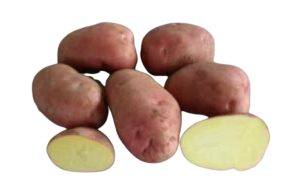
Here is the list of high-yield potato varieties in Kenya, including Markies, in a table format:
| Variety | Yield (tons/ha) | Characteristics | Disease Resistance | Uses |
| Shangi | 30-35 | Early maturing, high market demand, good for chips and crisps, but susceptible to late blight | Susceptible to late blight | Table, processing |
| Dutch Robjin | 25-30 | Suitable for table consumption, resistant to diseases, stores well | Good overall disease resistance | Table |
| Kenya Mpya | 25-30 | Resistant to late blight, good for both table and processing uses, developed by KALRO | Resistant to late blight | Table, processing |
| Tigoni | 20-25 | Popular for its taste, good for fresh market consumption, moderate resistance to diseases | Moderate disease resistance |
Table |
| Sherekea | 30-35 | Late blight resistant, high dry matter content, good for processing and table consumption | Resistant to late blight | Processing, table |
| Asante | 20-25 | Early maturing, good market acceptance, resistant to some pests and diseases | Some pest and disease resistance | Table |
| Chulu | 20-25 | High market demand, good storage properties, resistant to late blight and viruses | Resistant to late blight and viruses | Table |
| Wanjiku | 25-30 | High yielding, early maturing, good for fresh market and processing | General disease resistance | Table, processing |
| Markies | 30-35 | Oval shape, smooth white skin, cream-colored flesh, high dry matter content, good taste and texture, mid to late maturing | Moderately resistant to late blight, resistant to common scab and viruses | Processing (crisps, fries), table |
These varieties are selected based on their performance in different agro-ecological zones in Kenya and their ability to withstand local pests and diseases.
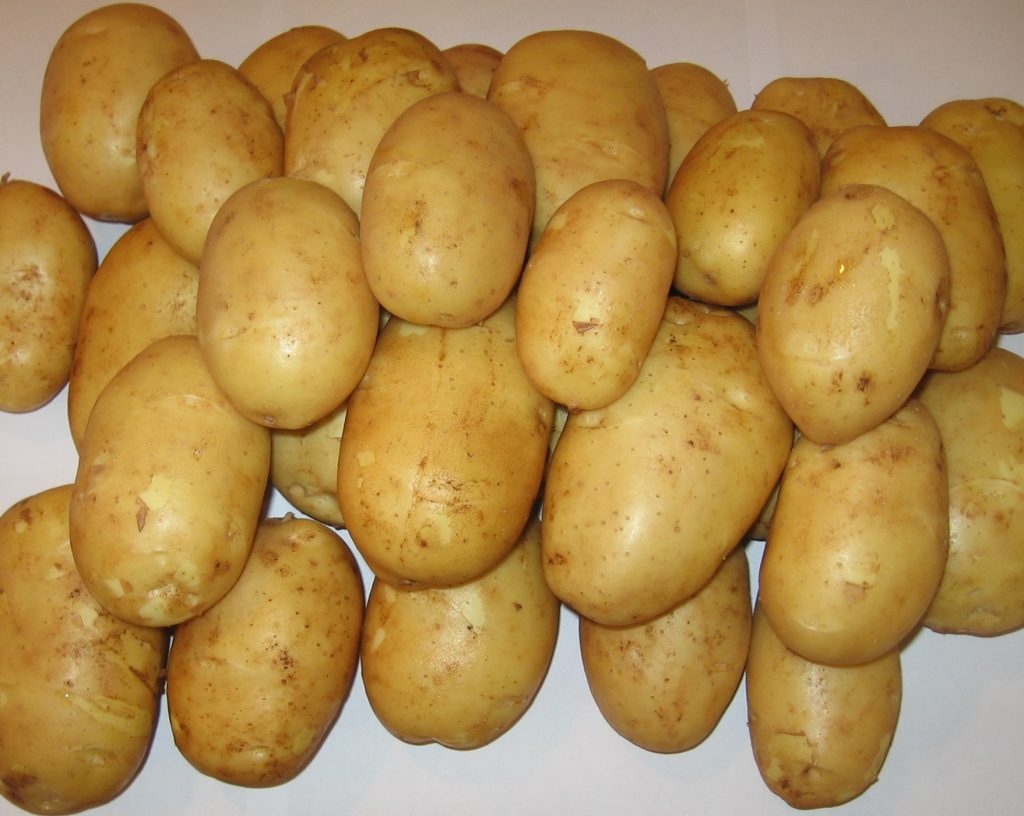
Adoption of these varieties can significantly improve potato yields and profitability for farmers.
How Does Soil Quality Affect Potato Yields In Kenya?
`In Kenya, the average potato yield varies significantly, reflecting a range of challenges faced by farmers. Typically, potato yields range from 3 to 7 tons per acre under traditional farming practices.
However, with improved farming techniques and the use of certified seeds, yields can increase to about 15 to 20 tons per acre. Enhanced capacity and management increases sales of potato for Kenyan farmers.
Low potato yields in Kenya not down to management practices alone, CABI study suggests – CABI.org.
The lower yields are often attributed to factors such as the use of poor quality planting materials, soil-borne diseases, and pest infestations.
Many farmers rely on seeds from the informal sector, which are often infected with diseases like blackleg and soft rot caused by pathogens such as Dickeya and Pectobacterium.
Improved disease management and better seed quality are crucial for increasing productivity.
Efforts to boost yields include initiatives like the Accelerated Value Chain Development program, which aims to strengthen the capacities of potato farmers through better management practices and access to quality seeds.
PEST AND DISEASE TABLE
















